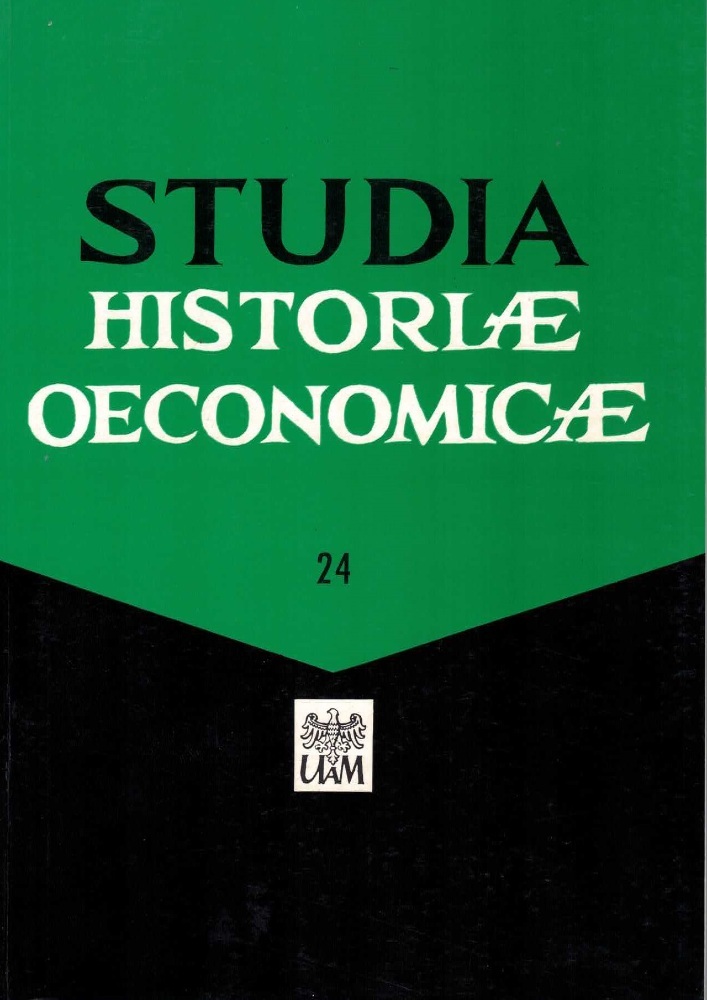Abstract
According to J. Gilissen’s definition fairs are important regular, free meetings of merchants coming together from distant regions.1 The main differences between fairs (Polish: jarmarki, German: Jahrmarkt, French: foires, Dutch: jaarmarkten) and markets are listed. As far as gender relation is concerned it should be stressed that fairs represented male-dominated time and space, while at markets participation of females was very high, both as sellers and buyers. In this study I shall concentrate on fairs, excluding the problem of markets and local trade.
License
© by Institute of History, Adam Mickiewicz University, Poznań, 2001
OPEN ACCESS





